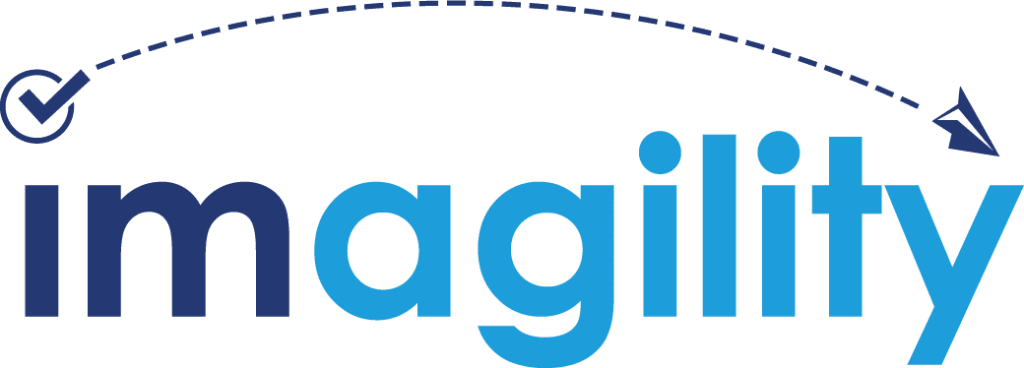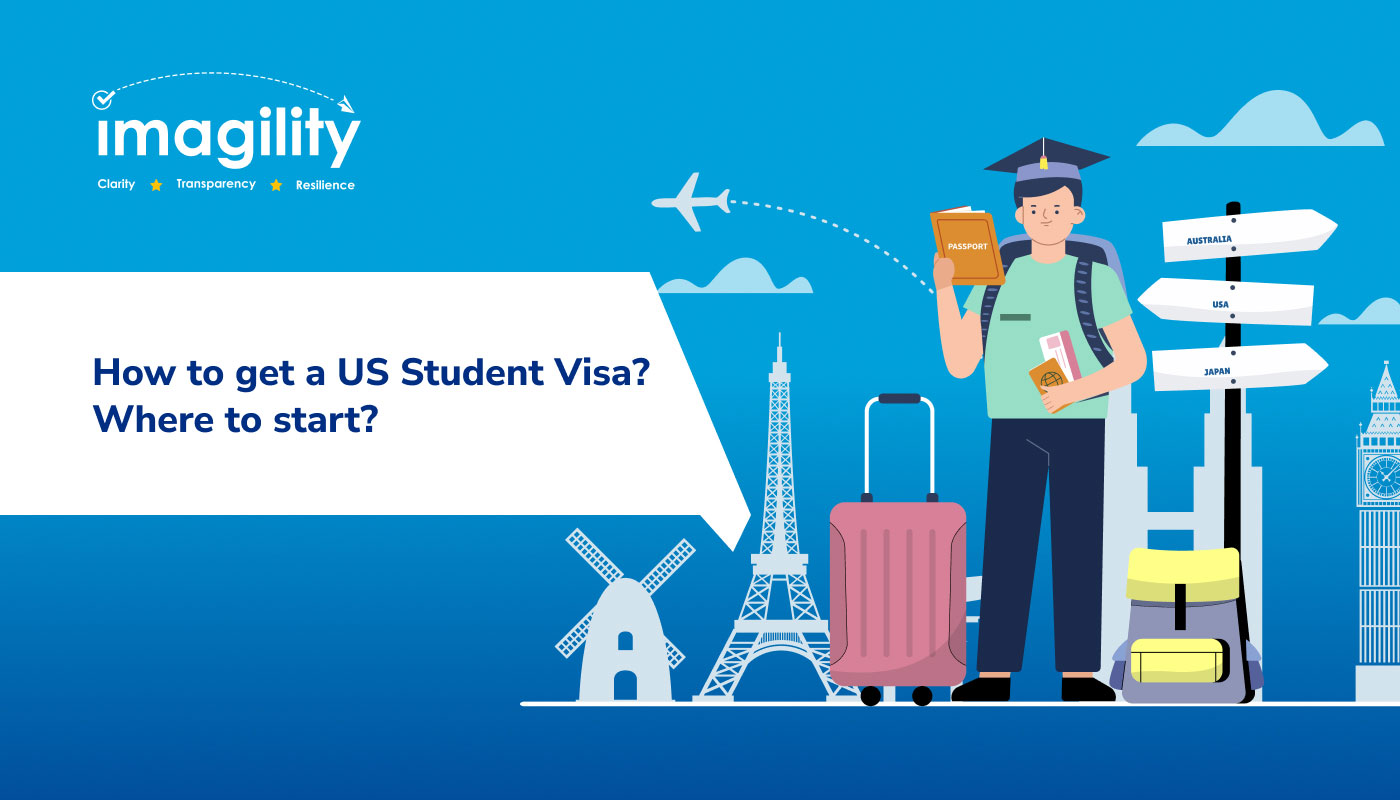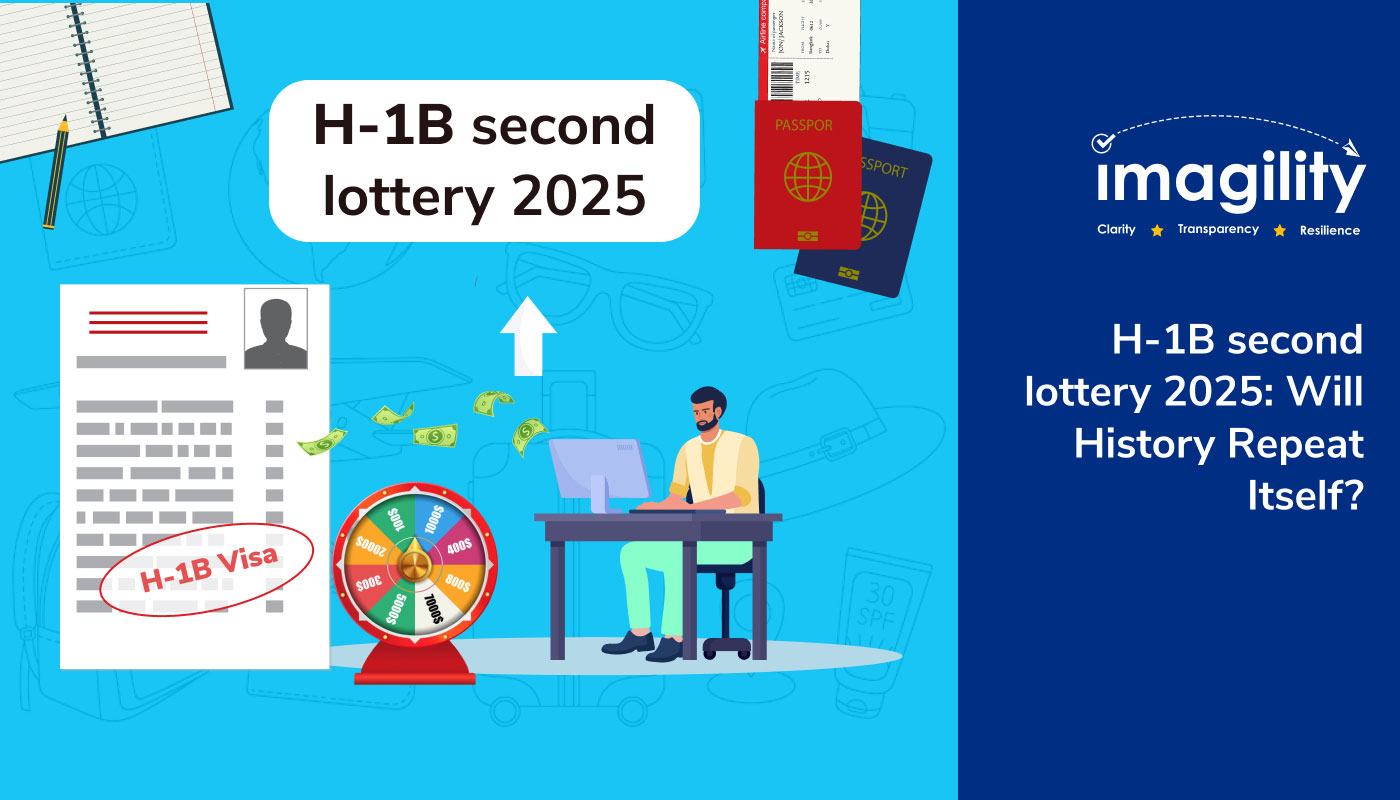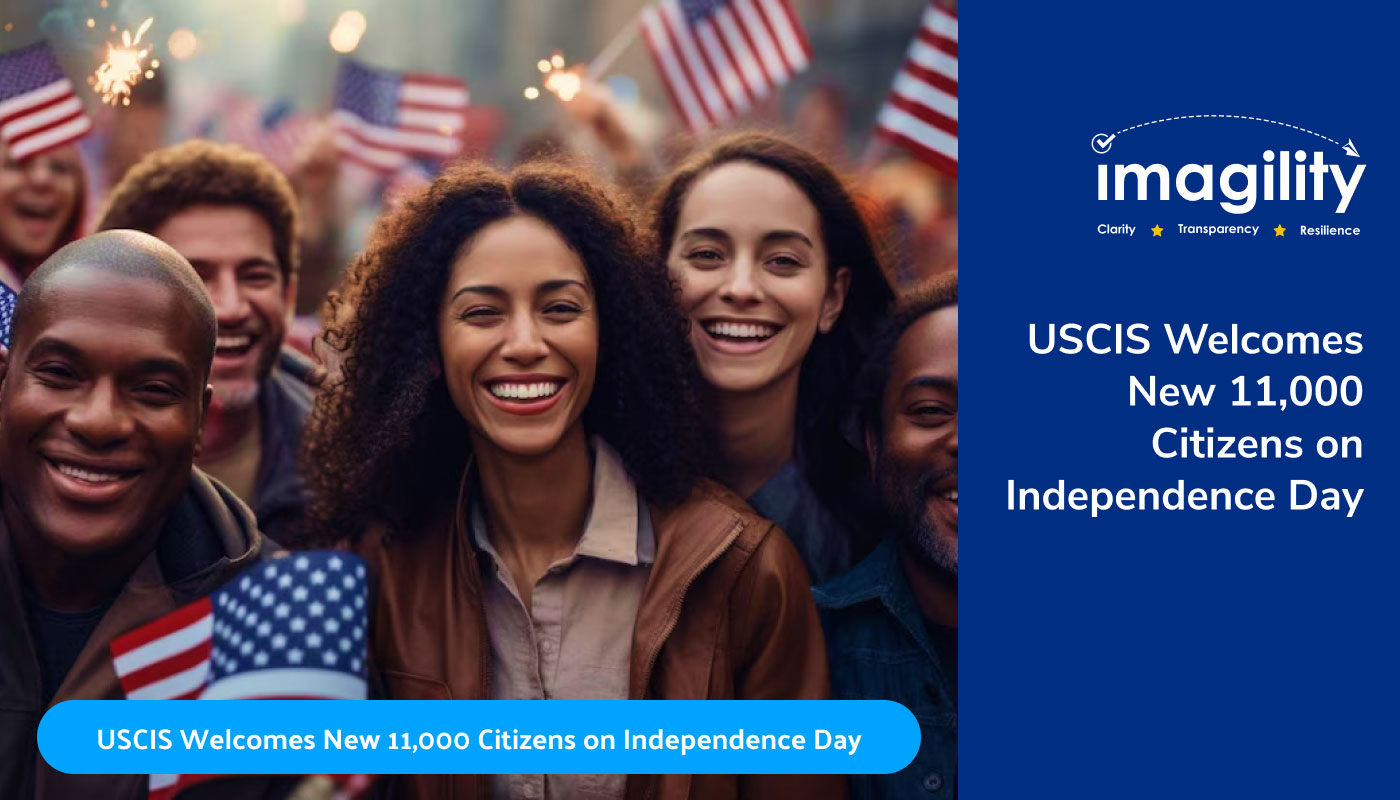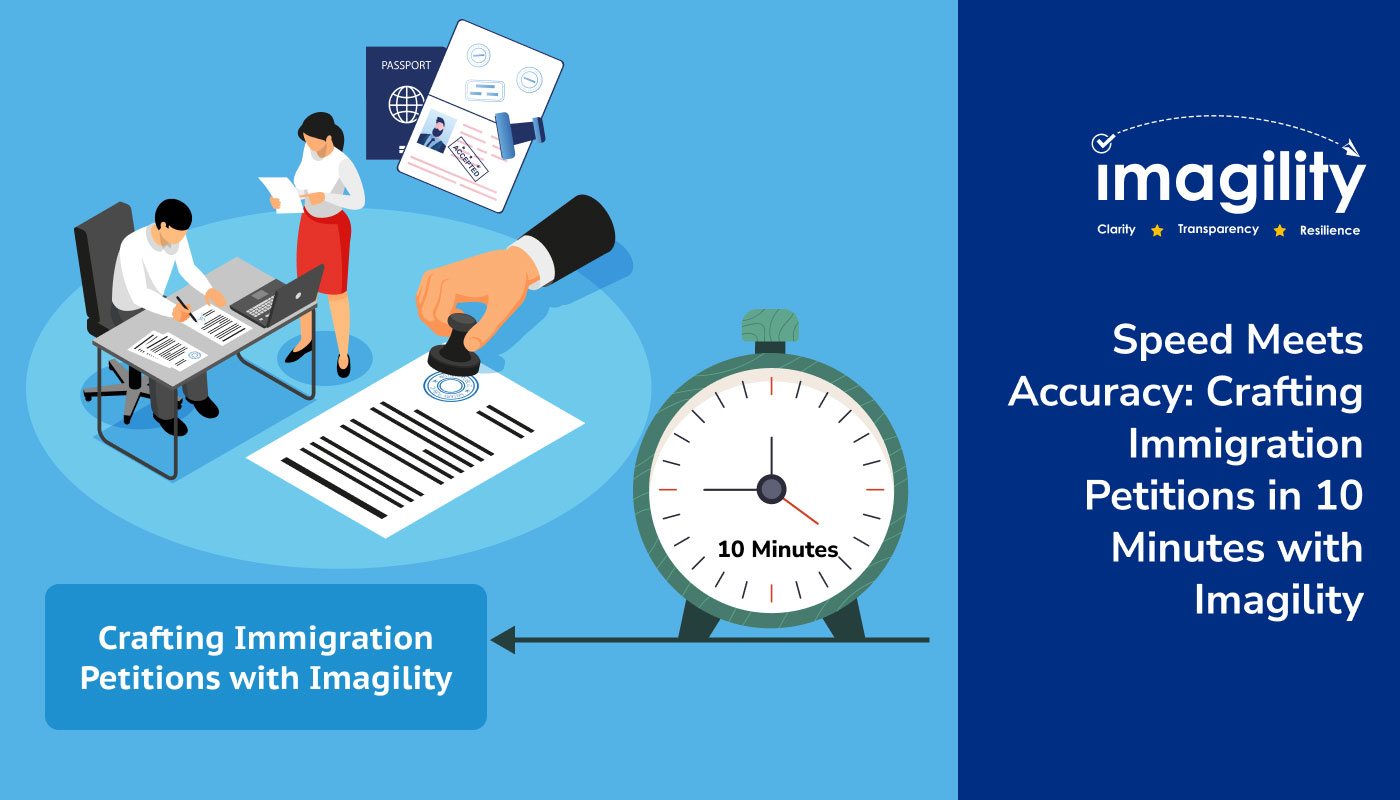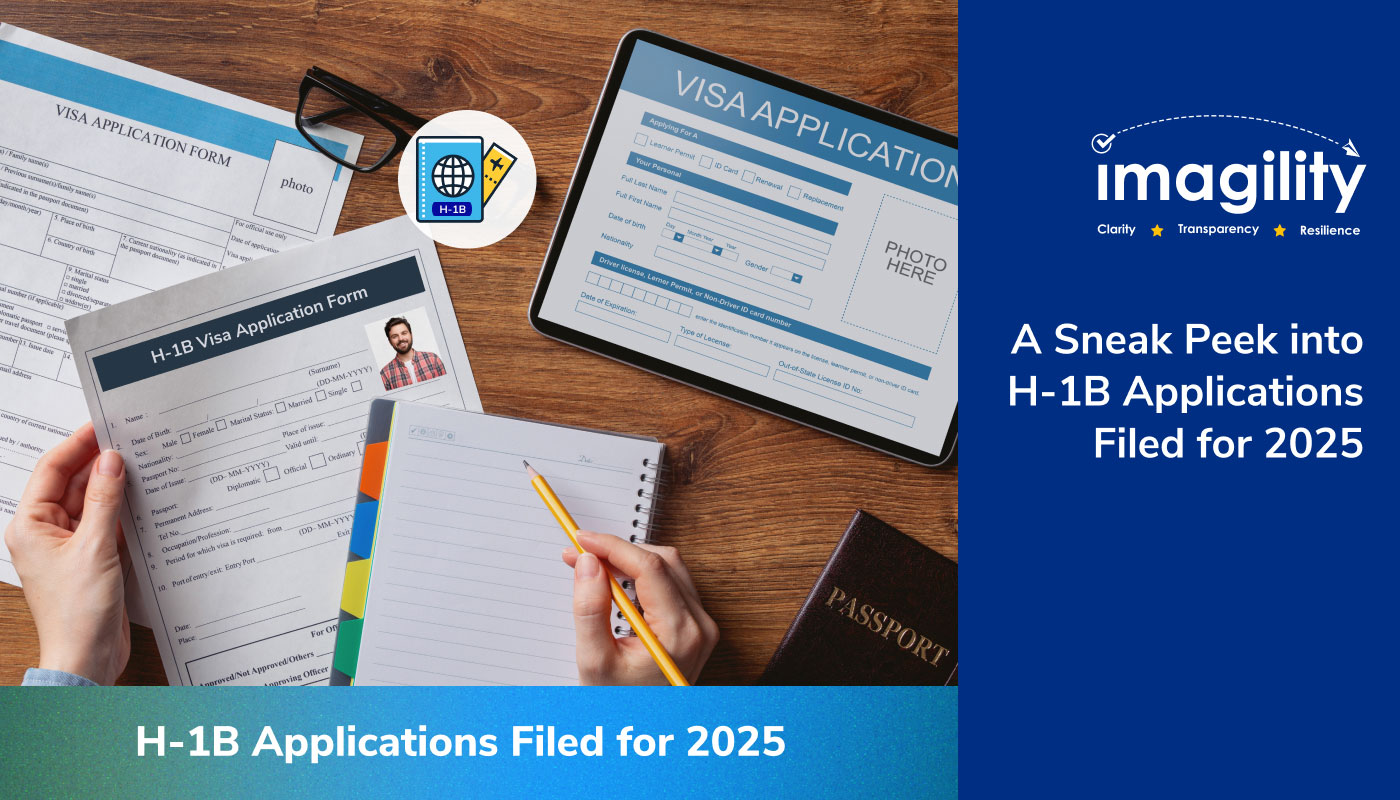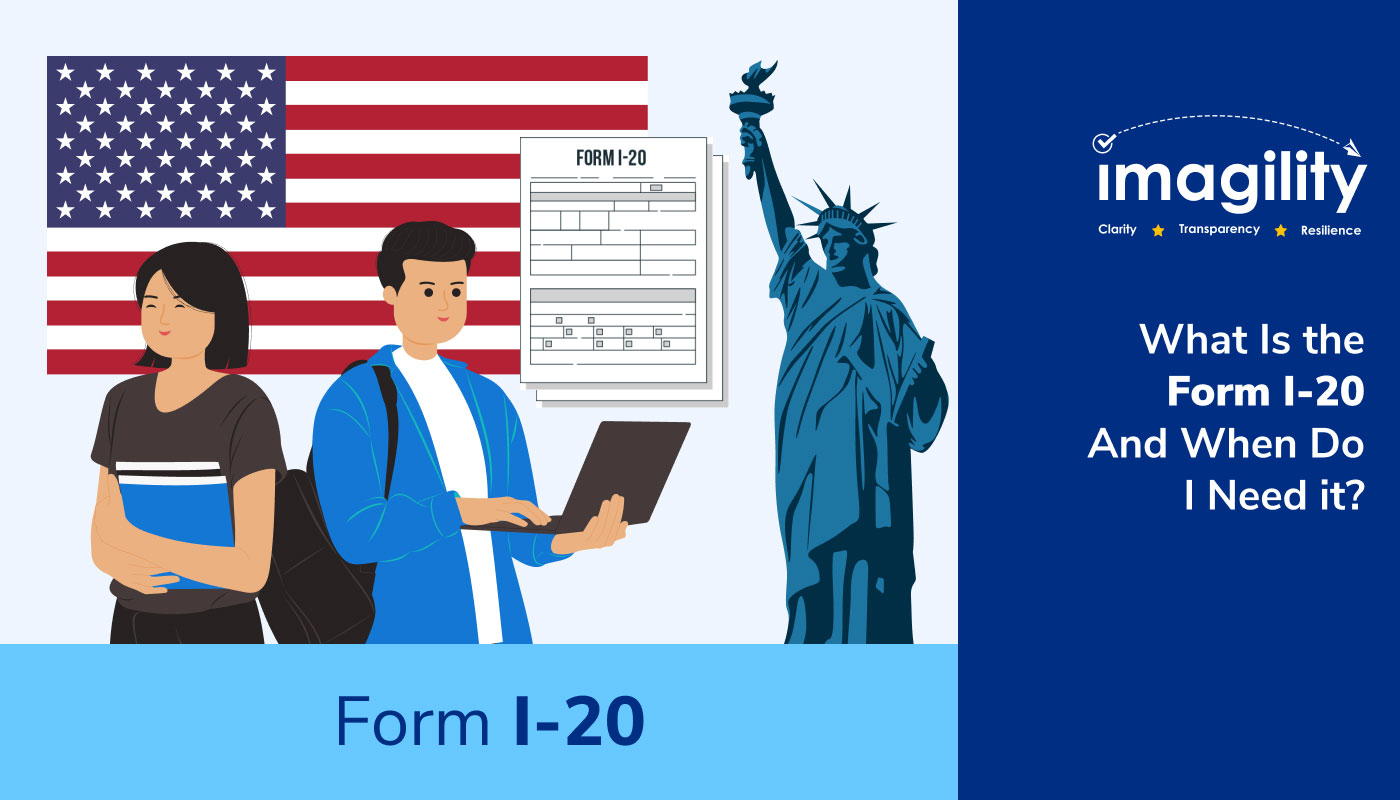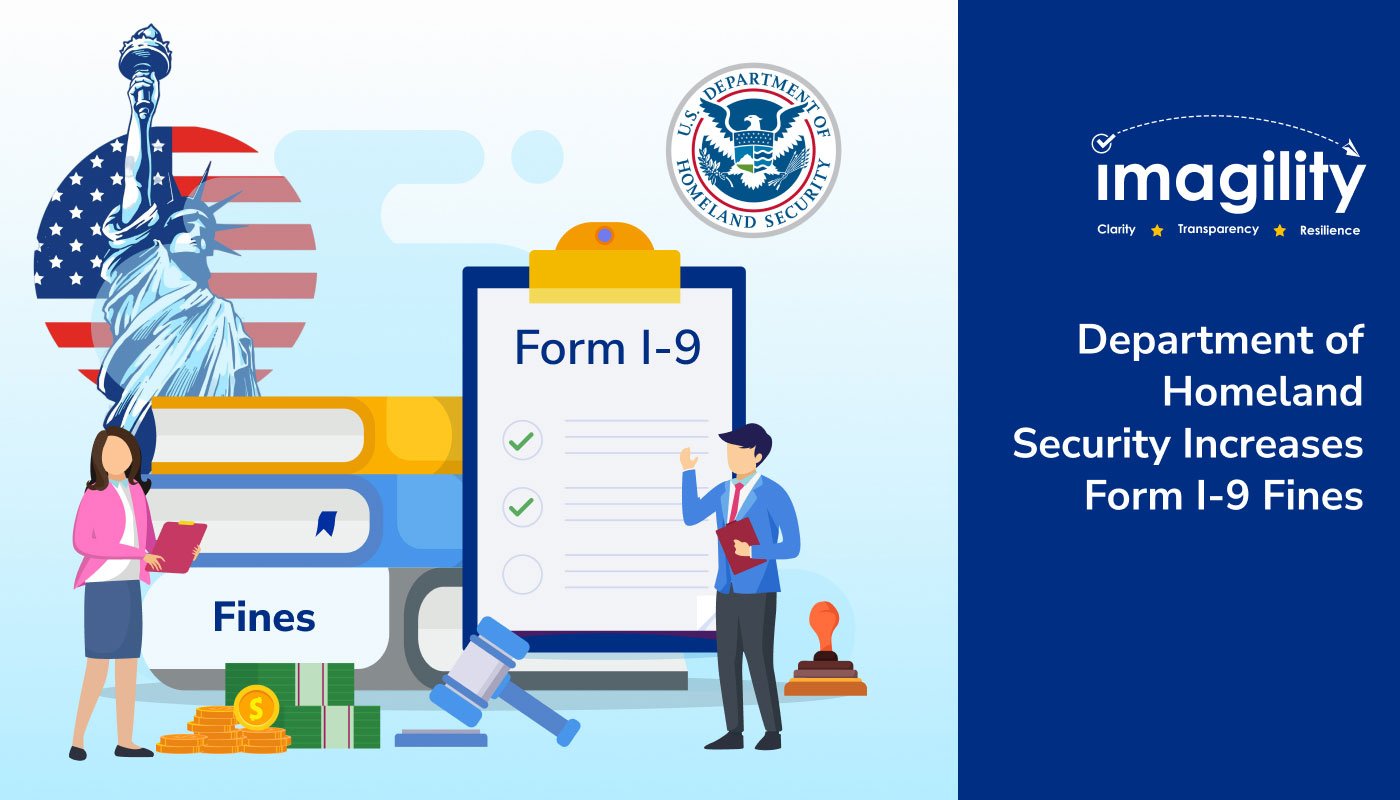Table of Contents
Identify student visa type
Take the required academic tests
Register at an accredited U.S. College or University
Steps to apply for student visa
Appear for the interview
Get your student visa stamped
Concluding thoughts
Are you considering studying in the United States but don’t know where to start when it comes to applying for a US student visa? Don’t worry! We will provide all the essential information and advice you need to apply for a US student visa. From comprehending the US student visa requirements and process to organizing your documents and submitting your application, we’ll guide you through each step of the way.
Read on to get the essential information to start your US student visa application.
Identify student visa type
The first thing to get a US student visa is to determine which student visa type is appropriate for you. You can decide the visa type as per your requirements. There are three types of student visas available. Let’s take a closer look.
- F-1 Visa
The F-1 visa is the most common type of student visa in the United States. It is issued to international students who plan to attend academic programs, including universities, colleges, high schools, and language schools. F-1 visa holders are allowed to study full-time in the U.S.
- J-1 Visa
The J-1 visa is designed for exchange visitors, including students participating in the exchange, cultural, or work-study programs. It is issued to individuals who intend to engage in educational and cultural exchange activities in the U.S.
- M-1 Visa
The M-1 visa is specifically for students who wish to pursue vocational or non-academic programs, such as technical training or vocational courses, in the United States.
So, depending on your choices and preferences, you can choose F-1 visa, J-1 visa or M-1 visa.
Take the required academic tests
Once you have decided on the type of US student visa, you will need to check the required academic tests to apply for the visa. Most students applying for a US student visa must take the Test of English as a Foreign Language (TOEFL) or the International English Language Testing System (IELTS). It is essential to prepare for IELTS and TOEFL tests. These tests evaluate the students’ ability to understand, speak, read, and write in English.
Additionally, certain academic programs may require you to take standardized tests like the Scholastic Assessment Test (SAT) or the Graduate Record Examination (GRE). You should check with the college or university you are applying to determine which academic tests you will need to take.
Once you have taken the necessary academic tests, cross-check the required test scores of the colleges and universities you are applying to. These scores are an important part of your application and will help the school determine whether or not to admit you.
Register at an accredited U.S. College or University
When registering for a U.S. college or university, ensuring that the institution is accredited is essential. Accreditation guarantees that the educational institution has met certain academic standards and will provide the education you need to achieve your career goals.
Once you’ve identified the accredited universities that match your criteria, you will need to complete the application process, which varies by institution. Some universities may require submission of academic transcripts, letters of recommendation, standardized test scores, and an application fee. Once you receive acceptance letters from one or more universities, you can select the institution you wish to attend.
Steps to apply for student visa
Once you have identified the type of student visa you need, take the required academic tests, and selected accredited universities, it is time to apply for your US student visa. Follow these steps:
Step 1: Receive Acceptance from a US Educational Institution
Before applying for a student visa, you must first be accepted by a SEVP-approved U.S. educational institution. This could be a university, college, language school, or other accredited educational programs.
Step 2: Pay the SEVIS fee
Once you receive your acceptance, you will need to pay the SEVIS (Student and Exchange Visitor Information System) fee. You can do this online through the SEVP website.
Step 3: Fill out the DS-160 form
This is the application form for a nonimmigrant visa, including student visas. It is available online, and you must fill it out completely and accurately.
Step 4: Schedule your visa interview
Once you have filled out the DS-160 form, you must schedule an appointment for a visa interview at the US embassy or consulate in your home country. You should do this as early as possible, as visa appointments can be difficult to get.
Step 5: Gather your documents
Before the visa interview, gather the necessary documents, which typically include:
- A valid passport (with a validity date at least six months beyond your intended period of stay in the U.S.)
- DS-160 confirmation page
- SEVIS fee payment receipt
- Form I-20 (for F-1 visa) or Form DS-2019 (for J-1 visa)
- Admission letter from the U.S. educational institution
- Proof of financial support (bank statements, scholarship letters, etc.)
- Academic transcripts and standardized test scores (if required)
- Any additional documents as required by the embassy or consulate
Appear for the interview
Once you have completed your application for a US student visa and have gathered all the necessary documents, the next step is to attend an interview at the nearest US embassy or consulate in your home country. The interview is a crucial part of the application process. It allows the consular officer to assess your intentions for studying in the US, your ties to your home country, and your ability to financially support yourself during your stay in the US.
During the interview, you will be asked questions about your academic background, chosen program of study, plans after graduation, and ability to cover the costs of living and studying in the US. The interview may be conducted in English or in your native language, depending on the availability of staff at the embassy or consulate.
It is important to be prepared for the interview by reviewing your application and practicing answers to potential questions with a friend or family member. With proper preparation and confidence, the interview can be a smooth and successful step in obtaining your US student visa.
Get your student visa stamped
Once your visa application has been approved, the next step is to get your student visa stamped. This stamp is typically obtained at your home country’s U.S. embassy or consulate. Before you go for your visa stamping appointment, bring all the required documents with you, including your passport, I-20 form, acceptance letter from your U.S. university, and proof of financial support. You will also need to pay a visa issuance fee.
Concluding thoughts
By identifying the appropriate student visa type, taking the required academic tests, and selecting accredited universities, you lay a strong foundation for your student visa application. You can also use our Imagility student app, where you get the essential information related to the top US universities and the process of applying for a US student visa to smoothen your student visa journey.
Download the app on the Apple Store and Play Store now!
For more information, please visit https://imagility.co/
Or call us at +1 603 782 4622/+1 617 865 6588.
